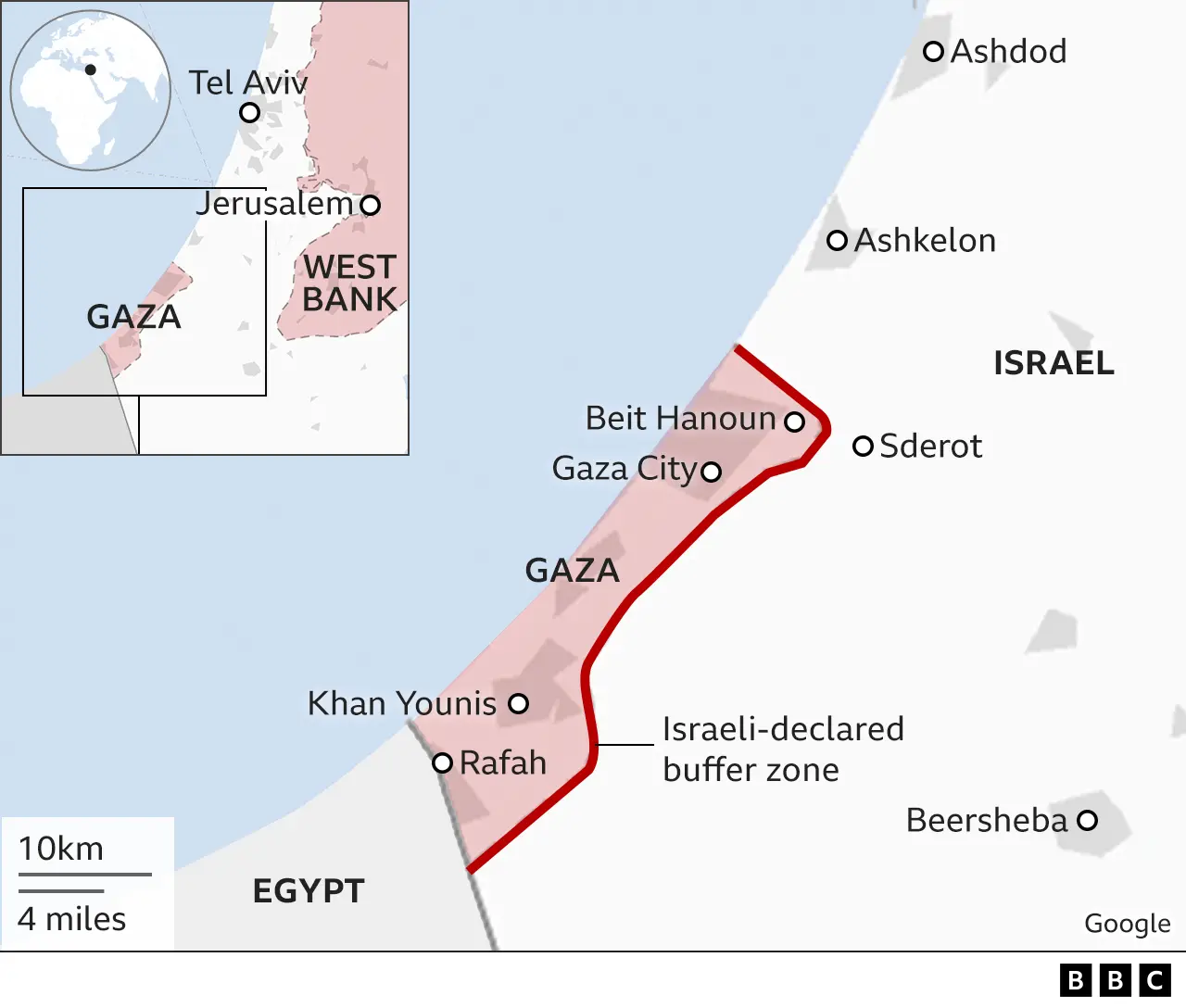History of The Israel-Palestine Conflict:Failed Peace Efforts And Missed Opportunities

The Israel-Hamas conflict is one of the most protracted and complex disputes in modern history. Rooted in decades of political, religious, and territorial tensions, the conflict has shaped the Middle East and drawn international attention. To understand the current dynamics, it’s essential to explore its historical origins and key turning points.
1. The Roots of the Conflict (Late 19th Century to 1948)
The origins of the Israel-Hamas conflict is traced back to the late 19th and early 20th centuries in the time of decline of Ottoman Empire and rise of nationalist movements. Two key developments set the stage for the conflict:
- Zionism: The Jewish nationalist movement, Zionism, emerged in Europe, advocating for the establishment of a Jewish homeland in Palestine and then part of the Ottoman Empire. History of Jewish immigration to Palestine increased, particularly during the British Mandate period (1920-1948).
- Arab Nationalism: Palestinian Arabs, who had lived in the region for centuries, opposed Jewish immigration and the idea of a Jewish state, fearing displacement and loss of their homeland.
Tensions escalated into violence, particularly during the 1936-1939 Arab revolt against British rule and Jewish settlement. In 1947, the United Nations proposed a partition plan to create separate Jewish and Arab states, but the plan was rejected by Arab leaders. In 1948, Israel declared independence, leading to the first Arab-Israeli war. Israel emerged victorious, but the war resulted in the displacement of hundreds of thousands of Palestinians, an event known as the Nakba (catastrophe) in Palestinian history.
2. The Rise of Palestinian Resistance (1960s-1980s)
After the 1948 war, the Palestinian national movement gained momentum. The Palestine Liberation Organization (PLO), founded in 1964, became the primary representative of Palestinian aspirations. However, the 1967 Six-Day War marked a turning point: Israel captured the Gaza Strip, the West Bank, and East Jerusalem, territories that remain central to the conflict.
During the 1970s and 1980s, Palestinian resistance took various forms, including armed struggle and diplomatic efforts. The First Intifada (1987-1993), a popular uprising against Israeli occupation, marked a shift in tactics, with widespread civil disobedience and protests.
3. The Emergence of Hamas (1987)
Hamas, an acronym for Harakat al-Muqawama al-Islamiyya (Islamic Resistance Movement), was founded in 1987 during the First Intifada. Unlike the secular PLO, Hamas combined Palestinian nationalism with Islamist ideology. Its charter called for the establishment of an Islamic state in all of historic Palestine and rejected Israel’s right to exist.
Hamas gained popularity by providing social services and positioning itself as a resistance movement against Israeli occupation. However, its use of violence, including suicide bombings, led to its designation as a terrorist organization by Israel, the United States, and the European Union.
4. The Oslo Accords and Their Aftermath (1990s)
The 1990s saw a brief period of hope with the Oslo Accords (1993-1995), which aimed to establish a framework for peace and Palestinian self-governance. The Palestinian Authority (PA) was created to administer parts of the West Bank and Gaza. However, the process stalled due to ongoing violence, settlement expansion, and mutual distrust.
Hamas opposed the Oslo Accords, viewing them as a betrayal of Palestinian rights. Its attacks on Israeli targets further undermined the peace process.
5. The Second Intifada and Hamas’s Rise to Power (2000-2007)
The collapse of peace talks in 2000 triggered the Second Intifada, a period of intense violence. Hamas played a significant role in the uprising, carrying out attacks against Israeli civilians and military targets. In 2005, Israel unilaterally withdrew from Gaza, but the territory remained under blockade.
In 2006, Hamas won a surprise victory in Palestinian legislative elections, defeating the Fatah party, which dominated the PA. A violent conflict between Hamas and Fatah in 2007 led to Hamas taking control of Gaza, while Fatah retained control of the West Bank. This division persists today, with Hamas governing Gaza and the PA governing parts of the West Bank.
6. Cycles of Violence and Failed Peace Efforts (2008-Present)
Since 2008, the Israel-Hamas conflict has been marked by periodic escalations, often triggered by rocket attacks from Gaza and Israeli military operations. Major conflicts include:
- Cast Lead Operation (2008-2009): A three-week Israeli military offensive in Gaza.
- Operation Pillar of Defense (2012): An eight-day conflict sparked by the assassination of a Hamas military leader.
- Operation Protective Edge (2014): A seven-week war that resulted in significant casualties and destruction in Gaza.
- May 2021 Conflict: An 11-day war triggered by tensions in East Jerusalem and Hamas rocket fire.
Efforts to broker peace, including the 2020 Abraham Accords between Israel and several Arab states, have largely excluded Hamas and failed to address the core issues of the conflict.
7. The October 2023 Escalation
In October 2023, the conflict entered a new phase with a large-scale Hamas attack on southern Israel, resulting in significant casualties and hostage-taking. Israel responded with a military campaign in Gaza, leading to widespread destruction and a humanitarian crisis.
Post Comment